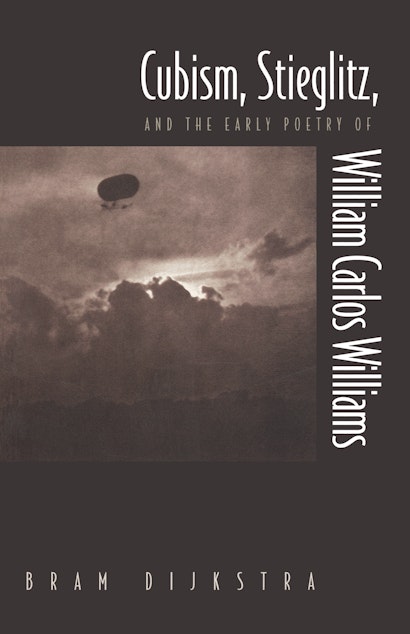Previous studies of William Carlos Williams have tended to look only for the literary echoes in his verse. According to Bram Dijkstra, the new movements in the visual arts during the 1920s affected Williams’s work as much as, if not more than, the new writing of the period. Dijkstra catches the excitement of this period of revolutionary art, reveals the interactions between writers and painters, and shows in particular the specific and general impact this world had on Williams’s early writings.
Bram Dijkstra is Professor of American and Comparative Literature at the University of California, San Diego. He is the author of numerous books, including Georgia O'Keeffe and the Eros of Place, Evil Sisters: The Threat of Female Sexuality and the Cult of Manhood, Defoe and Economics: The Fortune of Roxana in the History of Interpretation, and Idols of Perversity: Fantasies of Feminine Evil in Fin-de-Siècle Culture.
"Dijkstra has demonstrated beyond any doubt that Williams was enormously influenced by experimentation in the visual arts and that he attempted to emulate the Stieglitz group in focusing on the object itself, delineating it as precisely as possible and letting it represent the moment of perception without intruding personal comment."—Comparative Literature
"Georgia O'Keeffe's reaction when I told her in 1973 that I was starting a book on Stieglitz went from 'What for? Nobody who knew him could write about him' to 'Go ahead' because it would be fun for her to see what I had to say, and finally to her powerful instruction: 'Read Bram Dijkstra's [Cubism, Stieglitz, and the Early Poetry of William Carlos Williams]; it's the only book about Stieglitz worth reading.' I read it and agreed."—Sue Davidson Lowe, author of Stieglitz: A Memoir/Biography

